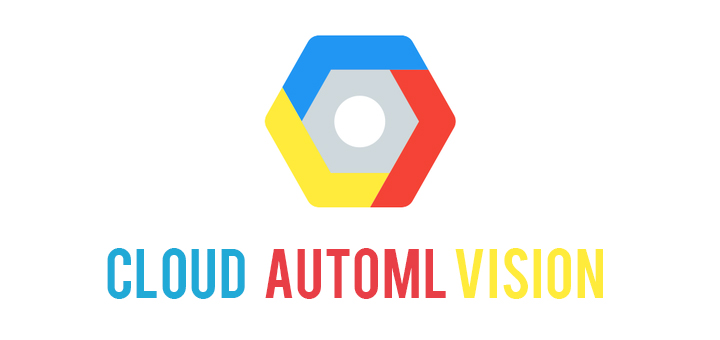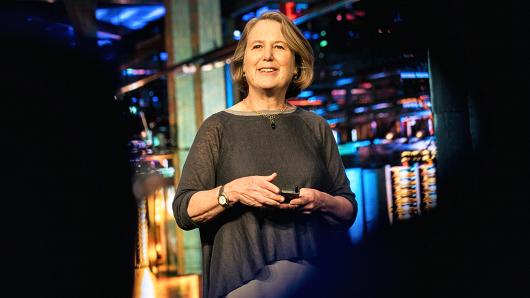
Google today announced the alpha launch of AutoML Vision, a new service that helps developers — including those with no machine learning (ML) expertise — build custom image recognition models.The primary argument will be that Google Cloud Platform’s tools for machine learning will produce higher quality models faster.
Fei-Fei Li, chief scientist for Google Cloud AI, said Google has been offering standard AI building blocks, but it became clear that enterprise customers needed to customize models with their own data. “AI and machine learning is still a field with high barriers,” she said.

Cloud AutoML is starting with image recognition, allowing customers to drag in images and train their systems to recognize them on Google’s cloud.
Cloud AutoML Vision can figure out what’s inside images that users upload, train a model based on those images, provide analysis of the model, and then start to make sense of new images as they come in, based on what it has learned. The whole process, from importing data to tagging it and training the model, is done through a drag and drop interface. We’re not talking about something akin to Microsoft’s Azure ML studio here, though, where you can use a Yahoo Pipes-like interface to build, train and evaluate models. Instead, Google is opting for a system where it handles all of the hard work and trains and tunes your model for you.

Early results suggest that the new system works better than Google’s past methods of image recognition, Jia Li said in a media briefing. The technology was developed through collaboration with multiple other internal AI teams, she said.
To get access to AutoML Visions, developers currently have to apply for access. The company didn’t share any pricing information yet, but chances are it will charge one fee for training the models and then another for accessing the model through its APIs.